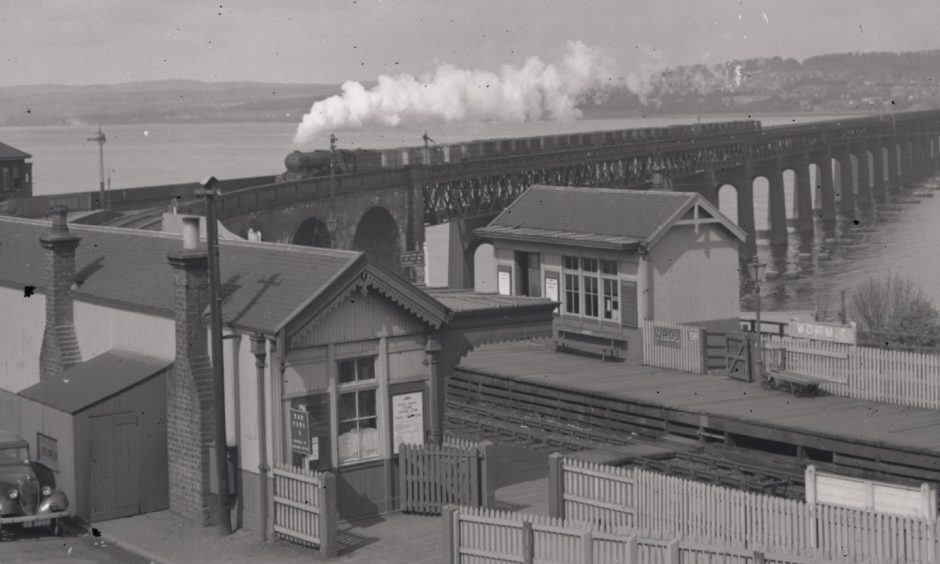
The Newport Railway saw its last train in May 1969 as it headed out over the Tay Bridge on the eight-minute journey to Dundee.
It marked the end of the line for the brief crossing after 90 years.
The Newport Railway was built to connect Tayport and Newport to Dundee following the opening of the Tay Bridge.
The scenic branch line swept along the south bank of the Firth of Tay with two stations at Newport and joining up with the original line at Tayport.
West Newport opened in May 1879 with a ticket office and stationmaster’s house.
East Newport was considerably smaller than its neighbour.
Tay Bridge collapsed during violent storm
The success of the new line was curbed by the Tay Bridge disaster in December, which cut the line off from Dundee for eight years.
The train previous to the one that fell with the bridge was the 5.50pm from Newport.
Originally, the line passed under the B946 via a bridge and this left no room for a station at Wormit.
A new curve built to replace the original approach provided Wormit with its very own railway station, which opened in May 1889.
The line and its stations thrived with the only alternative direct route to Dundee being by boat on The Fifies, which transported Dundonians across the Tay.
The line supported 22 services a day in the 1950s.
Newport West often won prizes for the best-kept station.
Three people died in 1955 accident
However, picturesque Wormit Station was the scene of tragedy on May 28 1955.
A steam engine and its carriages, packed with 301 children enjoying an outing, came careering out of the tunnel and ploughed straight into the platform.
Chaos and panic ensued when passengers, in deep shock, dragged themselves out of the coaches, many of them injured, in agony and covered in blood.
Two men and a 10-year-old boy were killed in the incident.
Ian Shaw had been at the picnic with his seven-year-old brother and had asked the driver if he could stand on the engine’s footplate for the journey back.
The others killed were 39-year-old church elder Charles Harrower of Dundee’s Strathmartine Road and railway fireman John Cowie, 32, of Blackscroft.
The driver of the train, Alexander Low, then 39, suffered burns and lost an arm in the crash.
He was cleared of culpable homicide by a majority verdict at trial the following spring.
Tay Road Bridge sounded the death knell
In August 1955 the Tay Road Bridge Joint Committee was formed.
William Fairhurst was chosen as project engineer and by 1960 his plans had been accepted.
Once Fairhurst’s design for the bridge was finalised tenders for the work were invited, and the firm of Duncan Logan was chosen, which was headed by son Willie.
The construction of the Tay Road Bridge severed the line between Newport and Tayport with the passenger service withdrawn on May 22 1966.
It was eventually decided the road connection made the remaining stretch redundant.
Its demise marked the end of an eight-year struggle by people in the communities on the south side of the river to retain their rail link with the city.
There is no doubt the closure of the line to Tayport has proven to be an incredibly short-sighted decision.”
Dr Kenneth Baxter of Dundee University
A “funeral procession” with “damnation” was given to the “undertakers of the Newport railway” when it made its final journey to Dundee on May 3 1969.
Hundreds of people lined the platform and footbridge at East Newport.
People who did not brave the fog and drizzle stood at the windows of their homes.
Members of the Newport Round Table, in top hats and tails, marched up the platform to the guard’s van with a black coffin, which was piped aboard.
The train left for Dundee and was greeted by exploding fog-warning detonators as it drew into the redundant stations of Newport West and Wormit.
When it pulled into Tay Bridge Station a crowd was waiting to welcome it.
Newport railway line was buried at sea
The “funeral party” then left the train and carried the coffin along the platform.
A two-minute silence took place in front of the booking office.
Then they headed towards the Tay Road Bridge.
The pallbearers performed a burial at sea from the middle of the road bridge.
They also composed a few lines “in memoriam” during the ceremony.
They said: “Damnation to the undertakers of the Newport Railway
“Hoping the Lord will their labour not repay
“It proved a blessing to the people
“For 90 years all but a few days
“Who lived in nearby Newport
“On the bonnie braes o’ the Silvery Tay.”
The West Newport station building was destroyed by fire in 1974.
Houses were built on the site at East Newport by 1980.
The Wormit Railway Action Group was headed by John Rundle and campaigned to reopen the long-abandoned rail link in 1979.
An information sheet was circulated to householders in North Fife.
It stated a return ticket to Dundee from Wormit would cost substantially less than a day’s parking in the city.
Mr Rundle said detailed surveys had shown a rail service across the Tay Bridge would attract a substantial volume of traffic.
It would therefore help to solve the problems of rush-hour traffic on the road bridge.
Wormit Station reached final destination
Wormit Station was a sorry sight by 1981.
It was in safe hands, though, as railway enthusiasts were carefully dismantling the structure.
It was rebuilt and restored as part of the Bo’ness and Kinneil Railway.
Wormit Railway Action Group did not go quietly into the night.
They put proposals together to build a new station.
Fife Region’s department of engineering conducted a survey in Wormit to determine
the feasibility of reintroducing a rail service in 1985.
The case was greatly strengthened by the news of the extensive, expensive repairs the Tay Road Bridge would need in 1988.
The campaign was ultimately unsuccessful, despite considerable support.
The houses of Bridgehead Place now occupy the site.
Was Newport Railway closure decision short-sighted?
Dr Kenneth Baxter, from Dundee University’s archive services, feels the line should still be operational.
He said: “There is no doubt the closure of the line to Tayport has proven to be an incredibly short-sighted decision.
“While the Fifies provided a valuable service, they simply could not offer the capacity that rail access afforded.
“The rail crossing was also less likely to be impacted by the weather.
“The big problem was that there was an assumption that the Tay Road Bridge would render the railway redundant.
“It effectively eliminated the capacity problem that a ferry service inevitably had and also allowed for fast car and bus access.
“There was also a belief in the 1960s that railways, particularly for short commuter services, were old fashioned and on the way out.
“It also did not help that the building of the bridge and its associated approaches resulted in the closure of the line between East Newport and Tayport in 1966.
“That of course meant passenger numbers declined and the introduction of replacement bus services made it easier to argue buses could cover the whole route as well as trains.
“Had the route remained open, it probably would have seen a continuing decline in passenger numbers in the short term.
“However, in the long term these could have easily recovered as commuters became fed up with traffic congestion.
“As the environmental benefits of rail travel became clear it would no doubt have experienced a further boost in numbers.
“If it was around today, the increased tourism Dundee attracts would mean that the route would also draw visitors to Dundee to the south side of the Tay.”
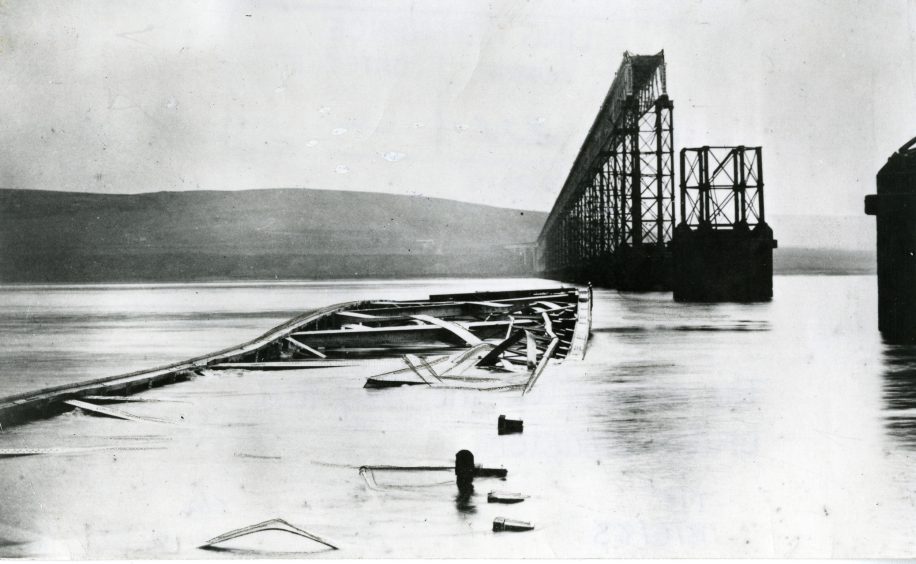
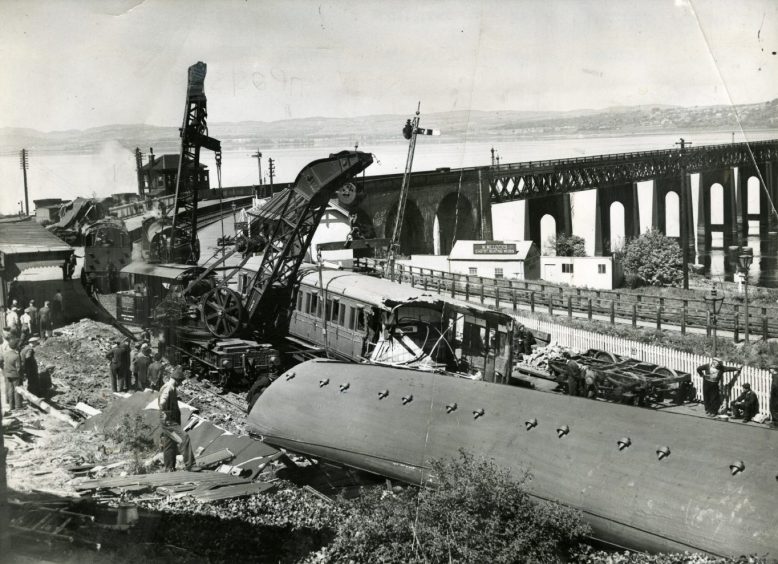
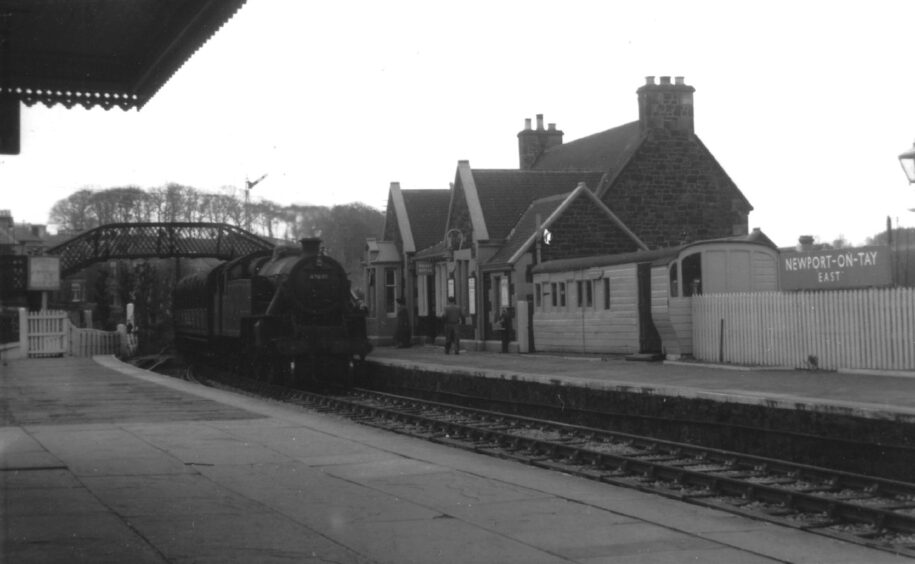
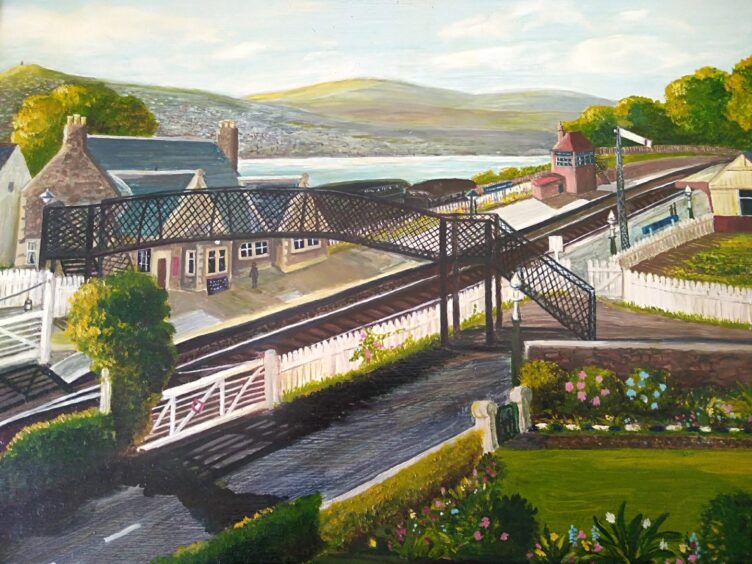
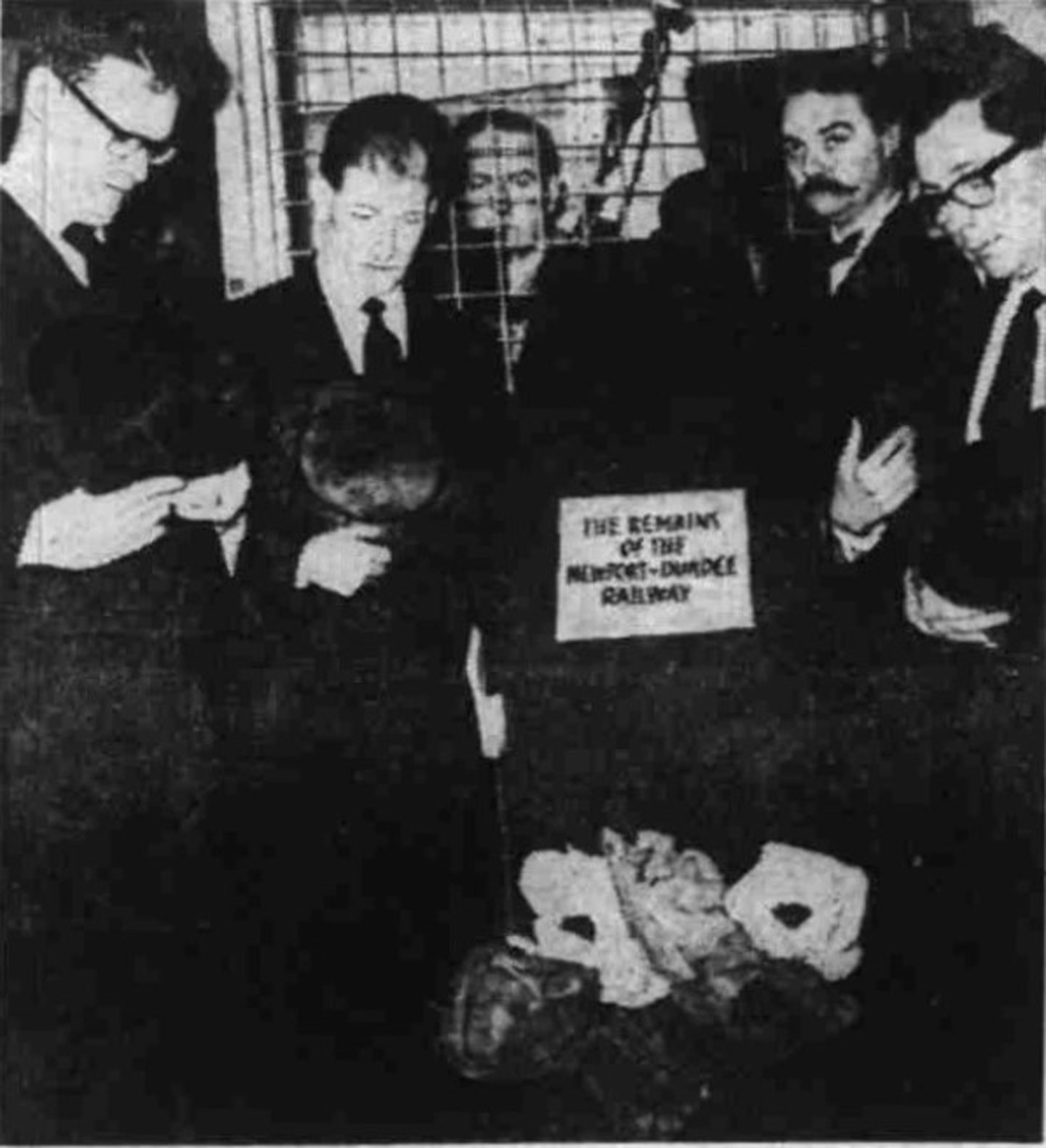
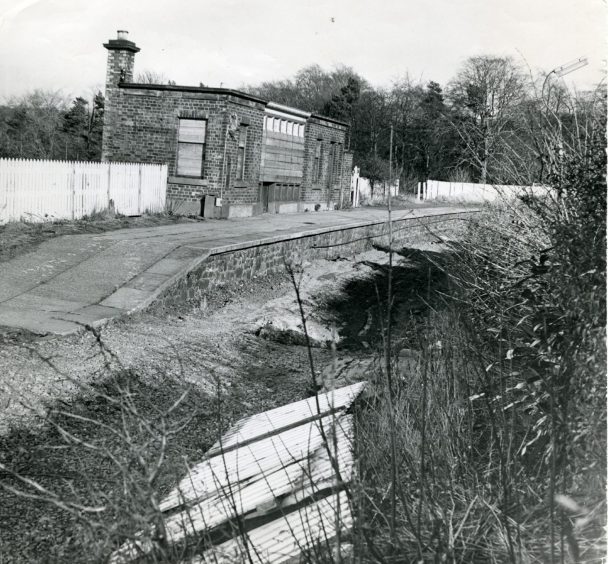
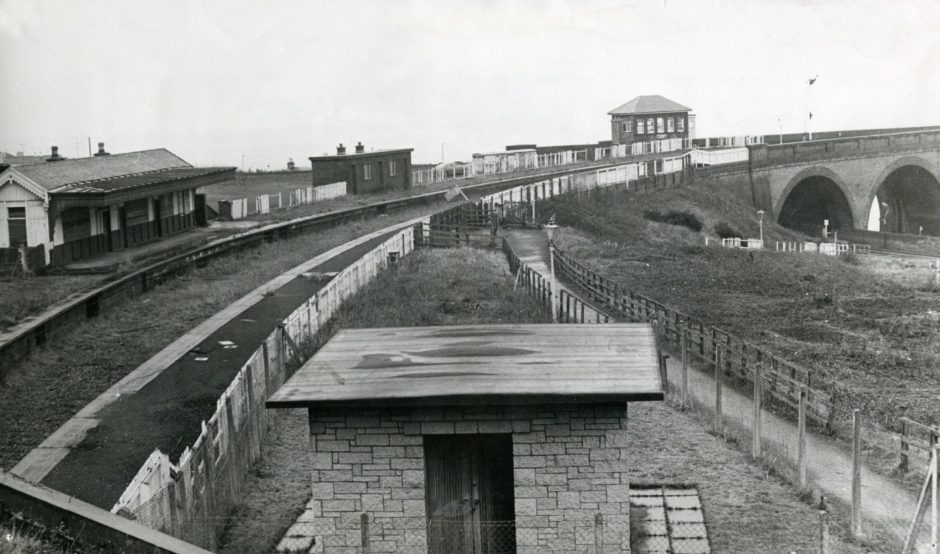
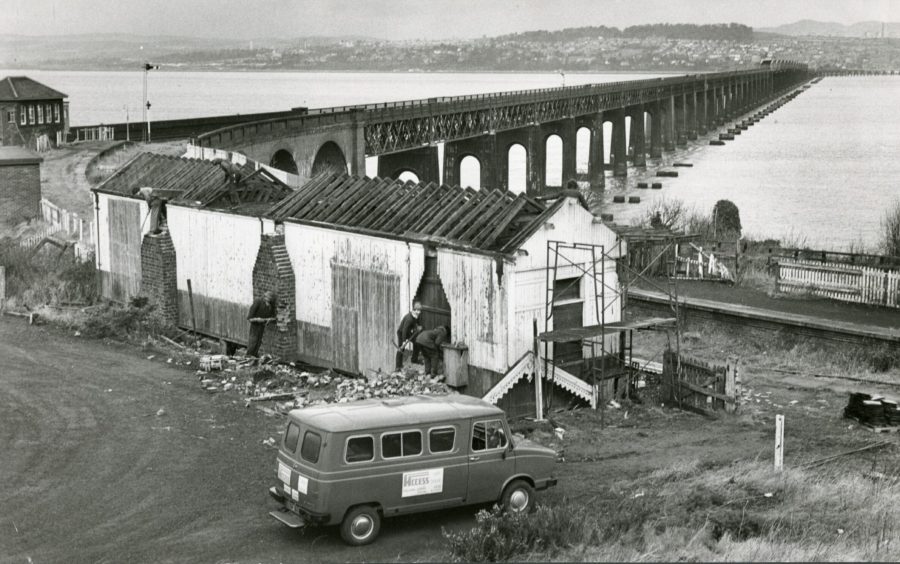
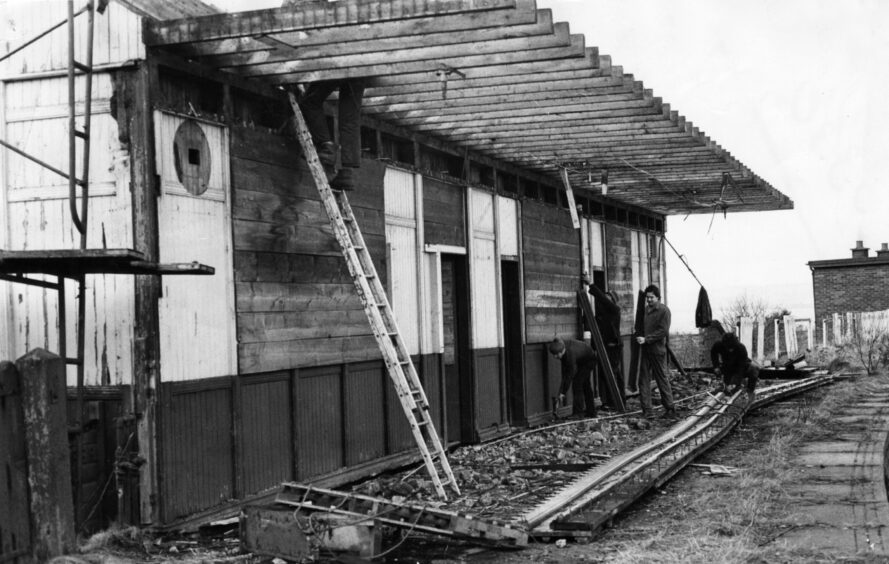
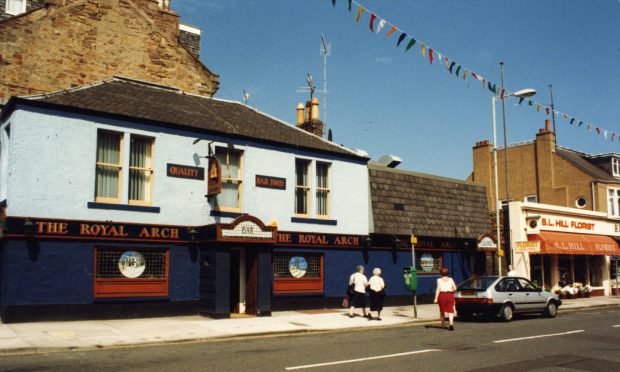

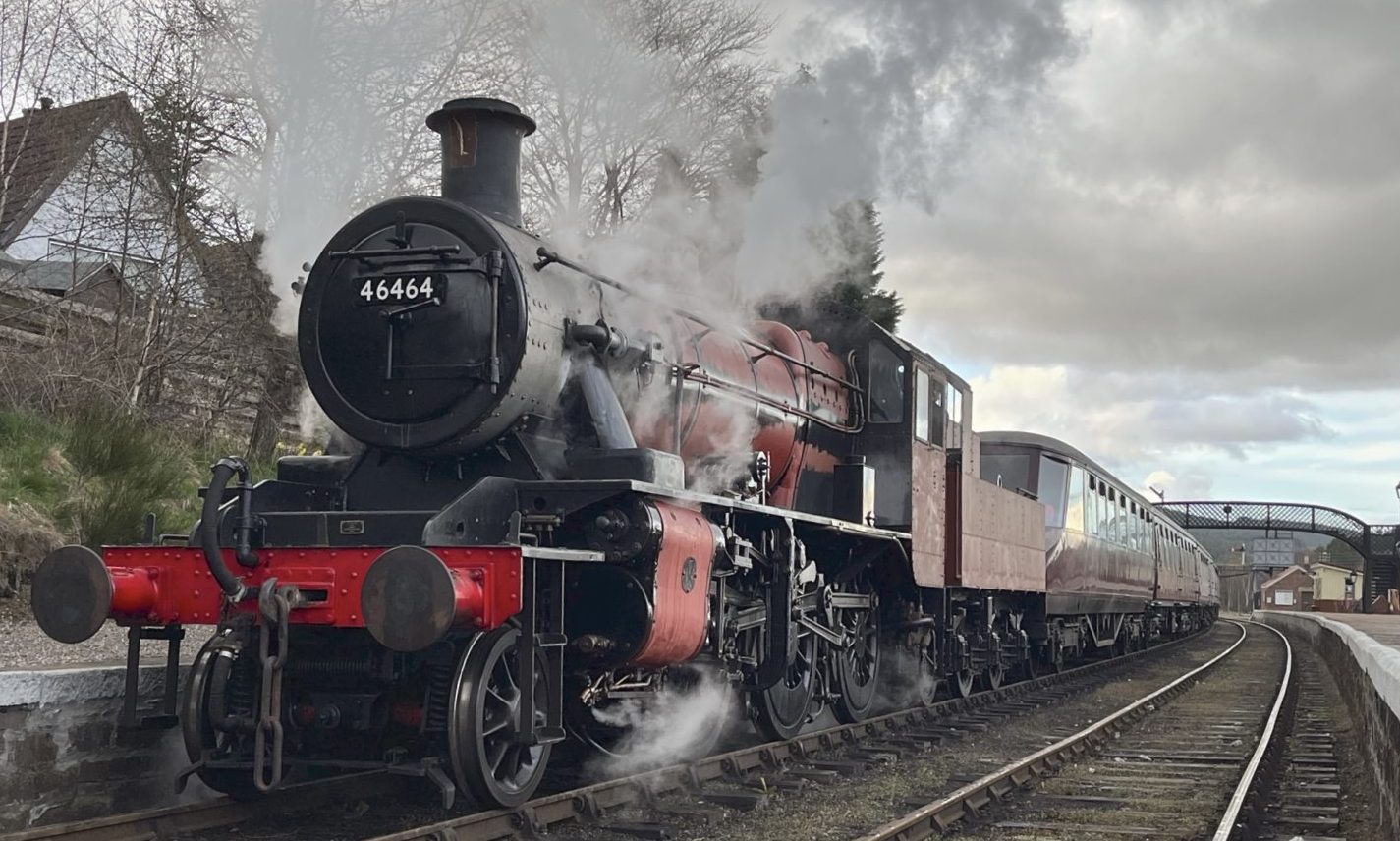

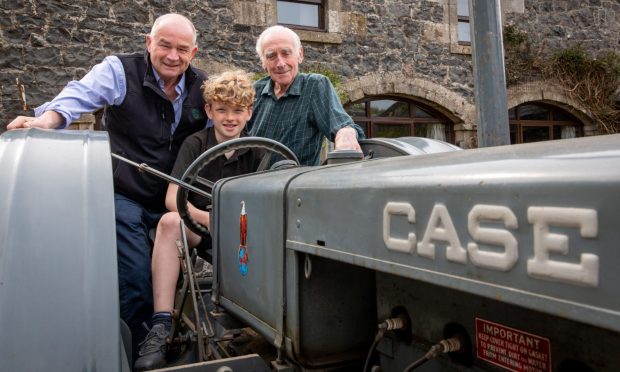
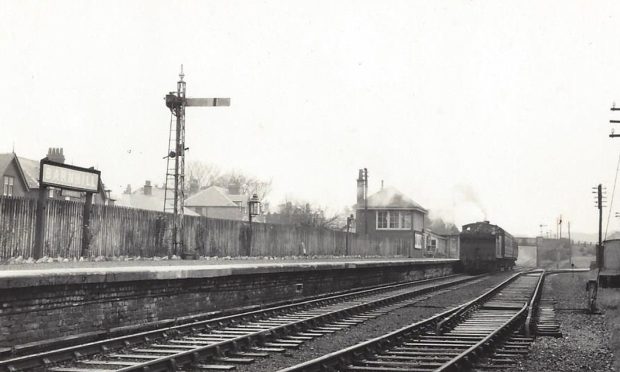
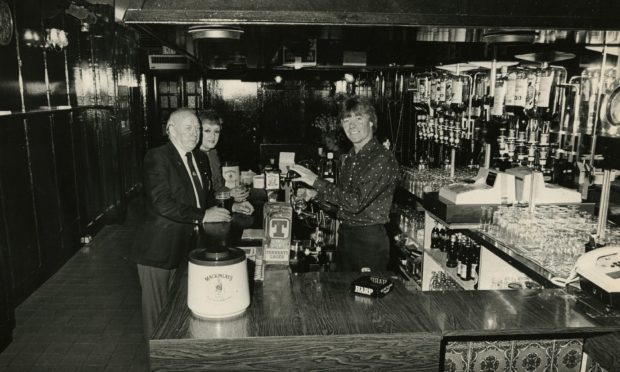
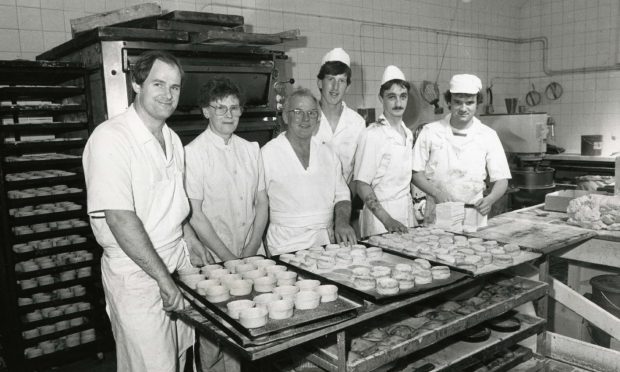


Conversation